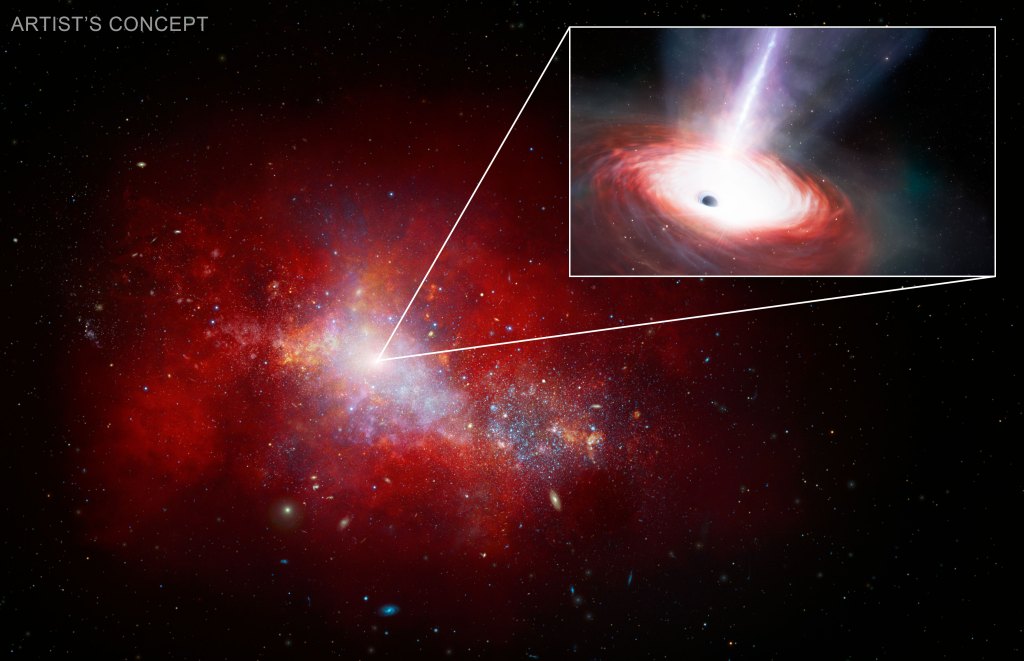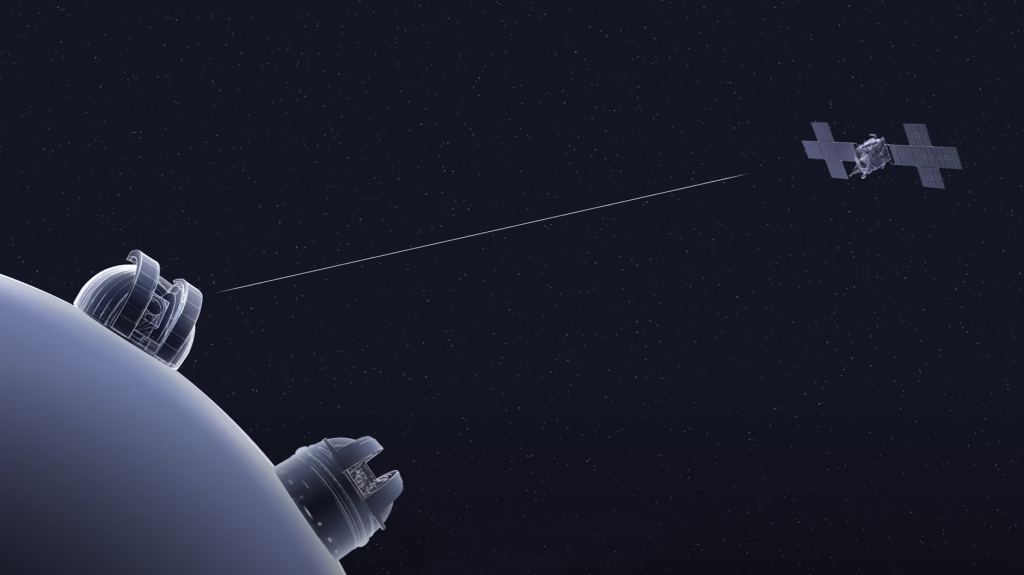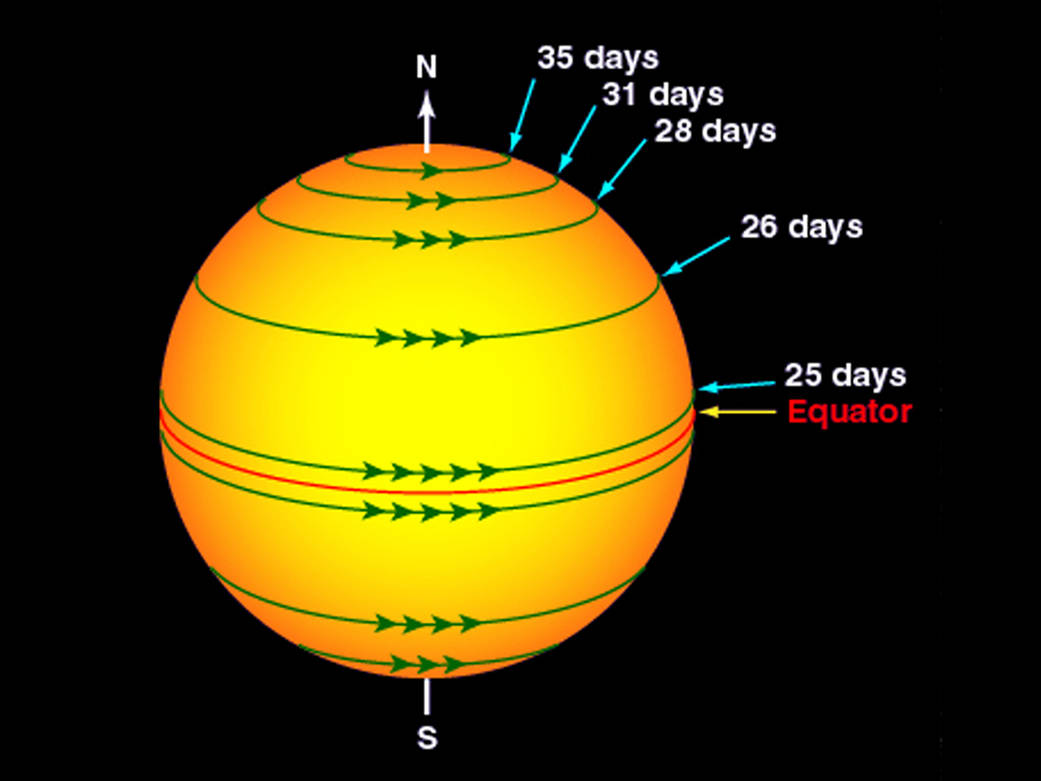The Sun rotates on its axis once in about 27 days. This rotation was first detected by observing the motion of sunspots. The Sun’s rotation axis is tilted by about 7.25 degrees from the axis of the Earth’s orbit so we see more of the Sun’s north pole in September of each year and more of its south pole in March.
Since the Sun is a ball of gas/plasma, it does not have to rotate rigidly like the solid planets and moons do. In fact, the Sun’s equatorial regions rotate faster (taking only about 24 days) than the polar regions (which rotate once in more than 30 days). The source of this “differential rotation” is an area of current research in solar astronomy.
1 min read



























